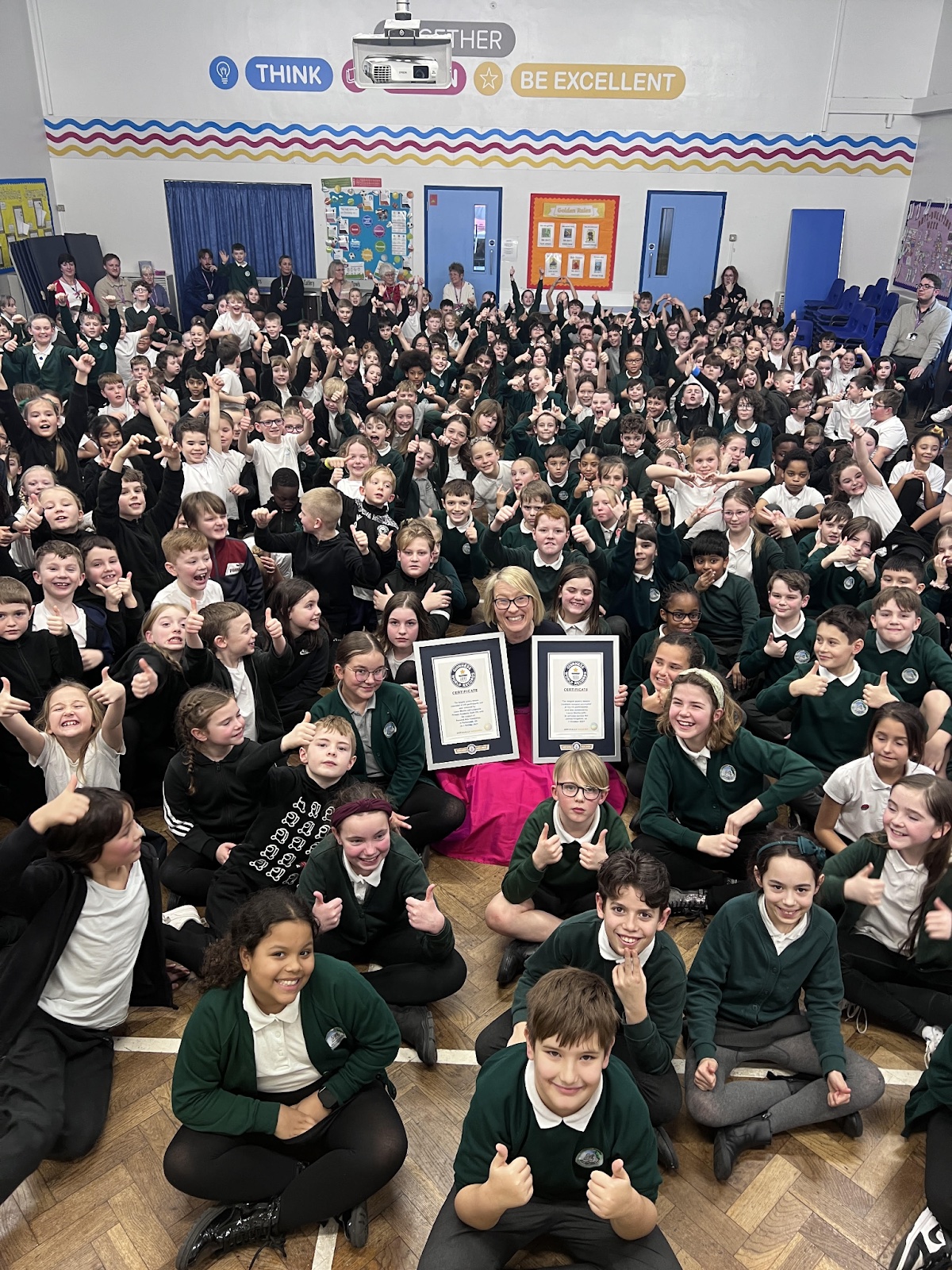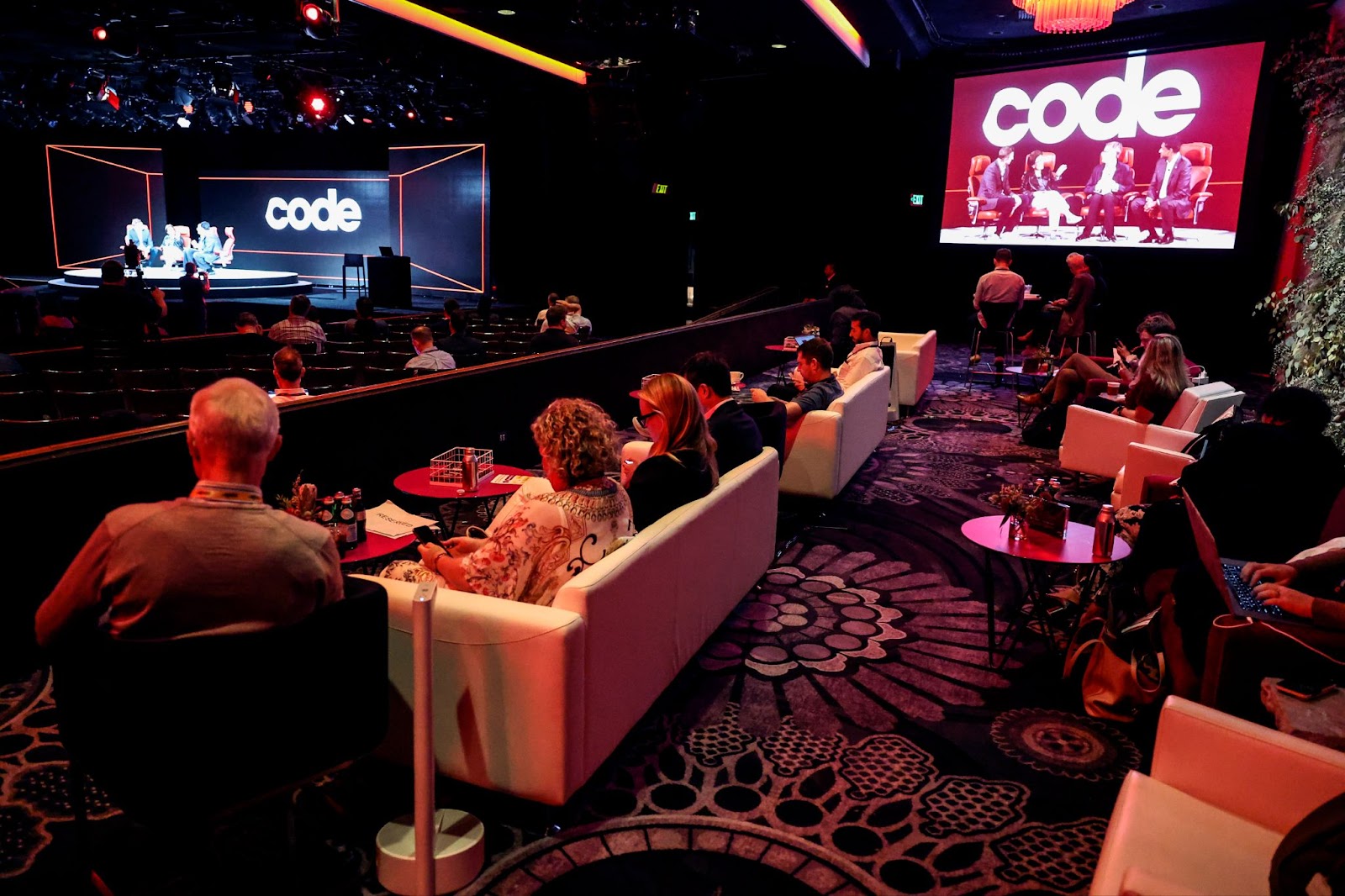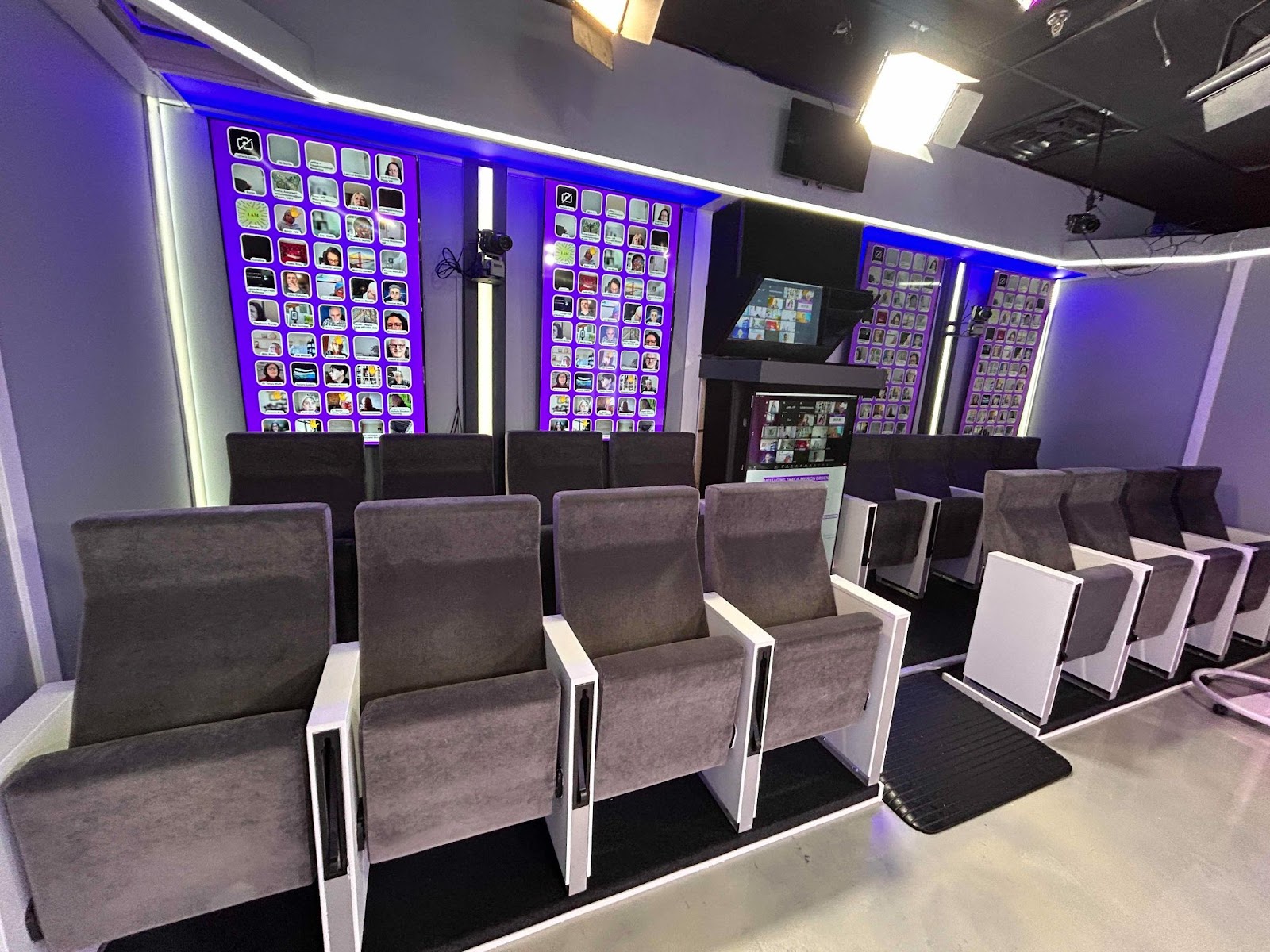
Meet Zoom AI Companion, your new AI assistant!
Boost productivity and team collaboration with Zoom AI Companion, available at no additional cost with eligible paid Zoom plans.
Virtual and hybrid events have grown from simple webinars to immersive experiences. Learn how Zoom's virtual event platform has evolved.
Updated on March 28, 2025
Published on March 28, 2025


When we launched Zoom Events in 2021, we had a clear goal: help organizations bring their in-person conferences online during the pandemic. We worked to recreate the essential elements that make conferences valuable — networking, expo halls, and multiple tracks — in a digital space.
As in-person gatherings returned, we noticed something interesting. Rather than abandoning virtual components, organizations began thoughtfully blending them into their event strategies. The webinar remained valuable for its reach and efficiency, but we've seen a remarkable evolution beyond that foundation.
It’s been fascinating to watch the transformation of purely virtual events. What began as basic presentations with Q&A has evolved into rich, interactive experiences that engage audiences in entirely new ways. Let’s look at some examples.
Laura Mucha led a world-record-breaking poetry lesson that connected more than 43,500 children across multiple countries. Students collaborated on a single poem exploring what matters to them, which created a shared experience despite being physically separated. The virtual format wasn't just a compromise — it enabled a connection that would have been impossible otherwise.

Vox Media recognized the unique opportunity to expand its prestigious Code conference through hybrid event technology. They used Zoom Events to create a seamless experience that maintained the exclusivity of their in-person event while opening it to a wider audience.
“This wasn't just about creating a virtual conference,” noted Tara Reilly, VP of experiential and partnerships at Vox Media. “Code 2022 needed to highlight and showcase what we were doing on the ground and not become an entirely separate event or take away from the in-person experience.”
The results were impressive — total attendance increased by 125% from the previous year. Virtual attendees could watch mainstage interviews and network with other remote viewers through the Zoom Events lobby feature. What’s more, all attendees gained access to a video-on-demand library to view content after the event concluded, a first for Code’s in-person participants.

Production companies have found innovative ways to blend virtual and in-person experiences. The Teaching Studio (formerly Dynamic Video), founded by Jon Watkins, has revolutionized hybrid events with their interactive video production services for coaches, trainers, and educational institutions like Duke University and UNC Kenan-Flagler Business School.
Their flagship “Interactive Studio” incorporates the Tiles for Zoom app, a macOS application that lets customers create customized gallery displays of Zoom participants with branded layouts and interactive features for hybrid events and livestreams.
“With the integration of Tiles, it rendered this entire setup obsolete. All of that hardware was replaced by just a couple of machines,” explained Jon. This streamlined approach has allowed The Teaching Studio to produce over 5.8 million viewer hours from their interactive studio on the Zoom platform since 2020, demonstrating the powerful impact of technology that bridges the physical and digital worlds.

Major League Baseball also found innovative ways to enhance their events through technology. For the 2023 MLB Draft, they used our platform to create a seamless experience that united clubs, scouts, players, and fans. As Noah Garden, MLB's chief revenue officer, put it: "Our fans were able to take glimpses into the lives of players that were just being drafted and watch their lives change forever right in front of them." This transparency and connection is exactly what today's audiences crave, whether they're watching from home or in person.
Here are some impressive ways we’re seeing organizations incorporate virtual and hybrid capabilities into their events:
Each scenario comes with unique requirements. That's why flexibility matters more than any single feature. The tools should adapt to your needs rather than forcing you into a predetermined format.
A significant change we've noticed is the role of content in event marketing strategies. A well-executed event is no longer just a one-time experience — it's the foundation for ongoing engagement.
Organizations are thinking about:
Looking ahead, we’re excited to see how AI will further enhance the event experience — not by replacing human connection but by making it more accessible and meaningful.
We’re focused on helping organizations easily create content through various formats. AI capabilities will help transform existing content — turning a webinar into marketing assets, company updates, or reference materials with minimal effort. We're also developing tools to help our customers create highlights and summaries from longer sessions.
For distribution, we’re building richer playback experiences that make viewing more interactive. Our content management tools will help organizations promote their materials more effectively, maximizing the value of everything they create.
For both hosts and attendees, AI will provide helpful assistance — from organizing questions to helping late joiners catch up, or providing relevant information about speakers and topics.
With all this technology, it’s important to remember what matters most: meaningful connection. The best events aren’t defined by technical complexity but by thoughtful design focused on the human experience.
As event formats continue to evolve, what remains constant is bringing people together around shared interests and goals. The tools will change, but the fundamental purpose of events — to connect, inform, and inspire — remains as essential as ever.
See for yourself how you can transform your next hybrid and virtual event. Get started with Zoom Events today.